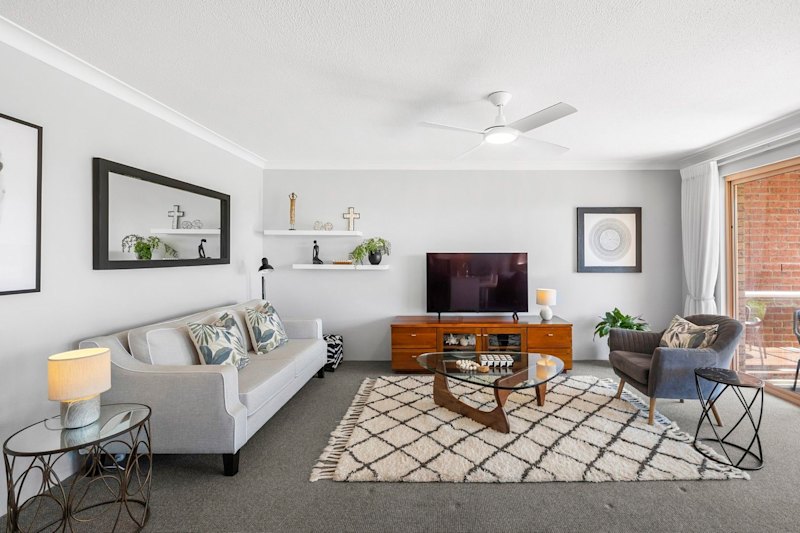The world's five coolest vertical forests
Where do you plant trees in cities that are short on vacant land? In the sky, in “vertical forests”, as some innovative architects are doing.
The benefits of vertical forests in residential buildings are more than just aesthetic – the trees absorb the sun’s energy which can lower the building’s temperature.
The forests also produce huge quantities of oxygen and can become habitats for native wildlife.
Here is a round-up of the most elaborate vertical forests around the world.
Bosco Verticale, Milan
 Photo: Stefano Boeri Architetti.
Photo: Stefano Boeri Architetti.
Europe’s first vertical forest, the Bosco Verticale, was completed in 2014 in Milan, Italy, and was named “Best Tall Building Worldwide” by the Council for Tall Buildings and Urban Habitat. The immense project was the brainchild of Italian architect Stefano Boeri and his Boeri studio, aiming to improve air quality and reduce urban sprawl in the city. The towers have become a habitat for birds and insects, improving the area’s biodiversity. The forest is two towers at 110 and 76 metres high, with 900 trees and over 20,000 smaller plants and bushes planted on balconies on all sides of the buildings.
Vertical Forest, Nanjing
 Artists Impression. Photo: Stefano Boeri Architetti.
Artists Impression. Photo: Stefano Boeri Architetti.
Architect Stefano Boeri has also announced plans to build a vertical forest in the smog-heavy Chinese city of Nanjing. The plans outline two towers 200 and 108 metres tall, covered in 1110 trees and 2500 shrubs. The architect says the 23 different tree varieties will produce around 60kg of oxygen a day. Inside the towers will be impressive as well, containing a museum, offices, a rooftop club, and a green architecture school, shops, restaurants, a conference hall and a Hyatt hotel. The project is expected to be completed in 2018.
One Central Park, Sydney

Photo: One Central Park.
Australia has vertical forests too – with Sydney’s One Central Park apartment project, and another slated for construction in Brisbane. The One Central Park building has won a host of international architecture awards including “Building of the Year” and Best Tall Building from the Council of Tall Buildings and Urban Habitat.
The east and north facade of the apartment towers are covered in more than 38,000 indigenous and exotic plants, looked after by a team of full-time maintenance staff. The architecture firm behind the project Blanc and Nouvel have described it as “A flower for each resident, and a bouquet to the city”.
Supertrees, Singapore
 Photo: Gardens by the Bay.
Photo: Gardens by the Bay.
Singapore’s Marina Bay comes alive at night, with 18 LED lit “Supertrees”, reaching 50 metres tall. Each “tree” is actually a concrete structure with hundreds of small plants embedded on the side. At the top of each structure are solar panels to power the park’s systems and conservatory, and rainwater tanks.
Mixed-use eco neighbourhood, Belgium
 Artist’s impression. Photo: Vincent Callebaut.
Artist’s impression. Photo: Vincent Callebaut.
Designer Vincent Callebaut’s vision for an eco-neighbourhood covering a 40-hectare post-industrial site in Belgium would include not one but three vertical forests, and several million plants.
In Callebaut’s plans the site’s warehouses and sheds have been repurposed into offices with a commitment to conserving energy, and the reuse of renewable power. The futuristic design would generate enough energy for the residents, with some left over.
We recommend
We thought you might like
States
Capital Cities
Capital Cities - Rentals
Popular Areas
Allhomes
More






